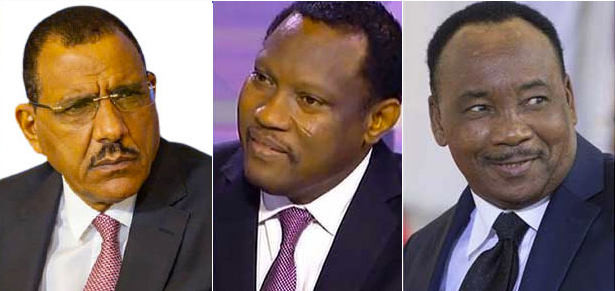US’ new IDFC development fund to shake up geopolitics
Published on Thursday 25 October 2018 Back to articles
IDFC could be an US answer to China’s international influence in Asia and Africa
For nearly 50 years, the US has been at a competitive disadvantage in the realm of commercial diplomacy. After the Marshall Plan — which was the gold standard in aligning commercial and development interests in the 1940s and 1950s — the US ceded leadership on development finance to multilateral institutions. US commercial diplomacy has been increasingly limited by the tools available to US policymakers when engaging with an increasingly diverse set of countries in differing phases of development.
All this is now about to change. Earlier this year, US lawmakers introduced the idea through the bi-partisan Better Utilisation of Investments Leading to Development (BUILD) Act, which has been passed by the House of Representatives and is currently pending approval from the Senate. Observers say it is the biggest shake-up of US commercial lending to developing countries in 50 years.
The key component of the BUILD Act will be the establishment of the International Development Finance Corporation (IDFC) which, in turn, plans to consolidate existing US agencies in charge of public and private capital in less developed countries. Currently the main organisation is the Overseas Private Investment Corporation (OPIC) which has a ceiling of US$29 billion. IDFC — with its lending cap of US$60 billion — aims to counter China’s overseas influence, especially in Asia, but also Africa. Legislation to approve the IDFC is expected to be passed soon.
Unlike its predecessors, the IDFC will have the capacity to team up with other global development finance organisations and also have the ability to make overseas equity investments.
The IDFC’s proposed US$60 billion funding seems to pale into insignificance when compared the China’s trillion-dollar Belt and Road programme but the former will have several advantages over the latter. The IDFC will, for example, be looking to employ local workers and catalyse private sector money in a transparent fashion that will boost economic growth. This is a clear response to some of the biggest criticisms of Belt and Road: its reliance on Chinese workers and unsustainable loans that many participating nations cannot afford in the long term. If unable to repay the loans they may be forced to sell strategic state assets to Beijing as was the case with Sri Lanka. The IDFC’s US backers believe that, in the long run, it will offer more to developing economies than the Chinese model.
It will provide the US with a stronger competitive edge against China and Russia which are both deepening their commercial engagement in emerging markets in a myriad of ways.
While the US appears to be primarily focussed on countering China and Russia in Asia, the fastest growing countries since the 2008 financial crisis have been in Africa. The big question is how the IDFC will spend, or rather invest, the US$60 billion. There is speculation that sub-Saharan Africa and the Sahel in particular may receive more than their fair share.
This analysis if from the monthly Sahara Focus report. Contact us here to discuss the content with our team or to receive a free version of the report.



